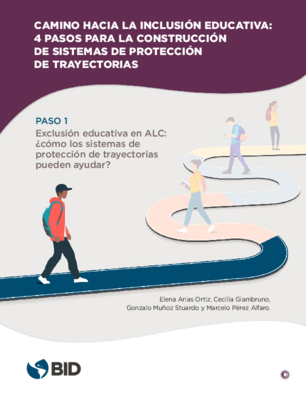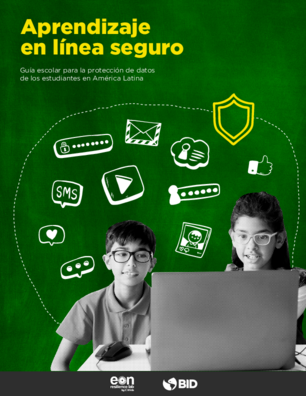Back to Observatory
Analysis of educational problems and strategies used to address them.
Description of the service
The UNAM's Classroom of the Future project offers a space for virtual socialization and assessment of teachers' proposals. This repository for the dissemination of teachers' experiences will not only include the traditional academic indexes (subject, grade, theme, etc.) but will also include the problems identified by the teacher.
The analysis of the problems based on grouping techniques to identify patterns between the teachers' reflections on their experience in working on these problems with the educational strategies proposed in the Classroom of the Future project will allow teachers to find solutions to common issues regardless of whether or not they are from the same subject or school.
Problem that it solves
The analysis of the problems reported by the teachers relies on the experience of project tutors, who guide the teacher in choosing the most appropriate didactic strategies. It is a very costly process in terms of time and human resources since the problem-solving process takes up to 8 weeks. From cluster identification, teachers may find others who have faced similar problems and review the strategies used.
Type of AI app used
Reasoning with knowledge structures, Recognition
Main results to June 30, 2021
We identified the most appropriate grouping algorithms to analyze the project information, which allowed us to verify that it is possible to find patterns in the teachers' problems despite their varied areas and multiple educational levels. We were able to find the appropriate parameters to transfer them to the Classroom of the Future project website and offer a tool for teachers.
Three main bottlenecks faced during implementation
- The amount of data was challenging for this first analysis since it depends on the number of teachers who have taken the project's diploma course in the last two years.
- A clustering-based method presented the challenge of finding meaningful clusters for the problem, which implied bringing together the data science team with the project managers to analyze the different clusters, which required a lot of time.
- Cultural resistance, as teachers are used to thinking only about the content they have to teach and not about the related educational problems.
Lessons learned in the design or use of AI for social impact
- Clustering algorithms can identify significant relationships in teachers' experiences despite the limited data.
- The use of machine learning can accelerate text analysis processes to find non-obvious relationships.
Country of origin
Geographic scope of operations
Mexico City
Type of executing entity
UniversitySector/industry
Sustainable Development Goal(s) to which your AI solution contributes
4 (quality education)
9 (industry, innovation, and infrastructure)
IA app developed internally or by a third party
Internally
Name of implementing entity
Institute of Applied Sciences and Technology, National Autonomous University of Mexico.
Stakeholders involved
Communities of teachers of the Classroom of the Future project, development team with expertise in machine learning
Percentage of the development team that are women
50%
Year they started using AI-based models
2010It may interest you
Este documento forma parte de la serie “Camino hacia la inclusión educativa: 4 pasos para la construcción de sistemas de protección de trayectorias”.
En conjunto con la OECD publicamos el manual de ciencia de datos, el cual busca proveer recomendaciones técnicas a los equipos desarrolladores de sistemas de IA.
Esta guía fue diseñada para el personal directivo y docentes que buscan fortalecer la protección de los datos de los estudiantes en las plataformas en línea de sus instituciones educativas.



